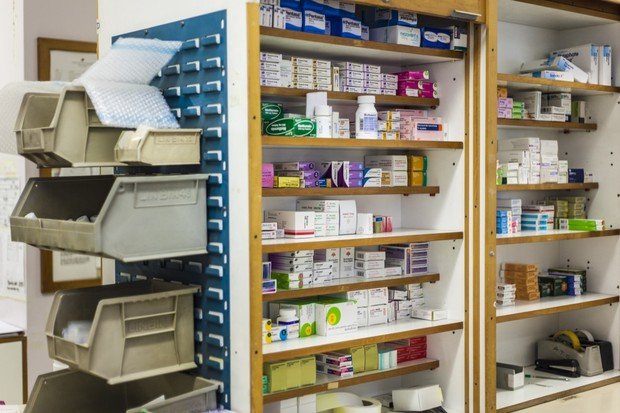Russian pharma industry facing slowdown
Overall downturn has affected the Russian pharmaceutical industry: declining incomes allow people to buy vital and essential drugs but not vitamins and additives. State support of the industry is also expected to weaken. However, local pharmaceutical producers are planning to increase exports.
Russia's pharmaceutical market may face the first decline since the beginning of the 2000s, according to The Pharma Letter. Over the past five years, its growth has slowed down by six times and almost come to a halt, reads data from DSM Group. Last year, the market's volume totalled 1,7 trillion rubles (around $26 billion), which was only 1,8% higher than a year earlier. In 2010-2015, the volume of the national pharmaceutical market added 16-18% annually.
Analysts consider declining incomes of the country's population and massive cuts of state expenditures on the purchases of new drugs to be the main reasons for the slowdown. Russian customers continue to purchase drugs from the list of vital and essential, but sales of vitamin complexes, probiotics and additives have significantly declined.
This year, the growth of the Russian market is expected to be less than 1%. Moreover, analysts predict a more intensive decline starting from 2020 due to changes in state regulation of drug prices in Russia, which are meant to be introduced later this year. The revision may even force some drug producers to leave the market.

Although Russia has a state programme intended to develop the domestic pharmaceutical industry, its funding is steadily declining. In 2018, the programme received 30% less funds than it was initially planned, according to Russia's Accounts Chamber. Analysts predict that state support of the Russian pharmaceutical industry will continue to decline, as its development is no longer a priority for the Russian federal government.
Nonetheless, Russian pharmaceutical producers are planning to significantly increase exports of their drugs to foreign markets in the near future paying particular attention to Southeast Asia and Latin America regions. Companies claim that export supplies are often more profitable for them than selling their products on the domestic market, given that prices for their drugs in foreign markets are usually higher than those available domestically. Besides, Russian suppliers intend to localise their production in foreign countries. For example, Biocad is currently finishing building a plant in Finland and planning to establish production in Sri Lanka, Mexico and China.